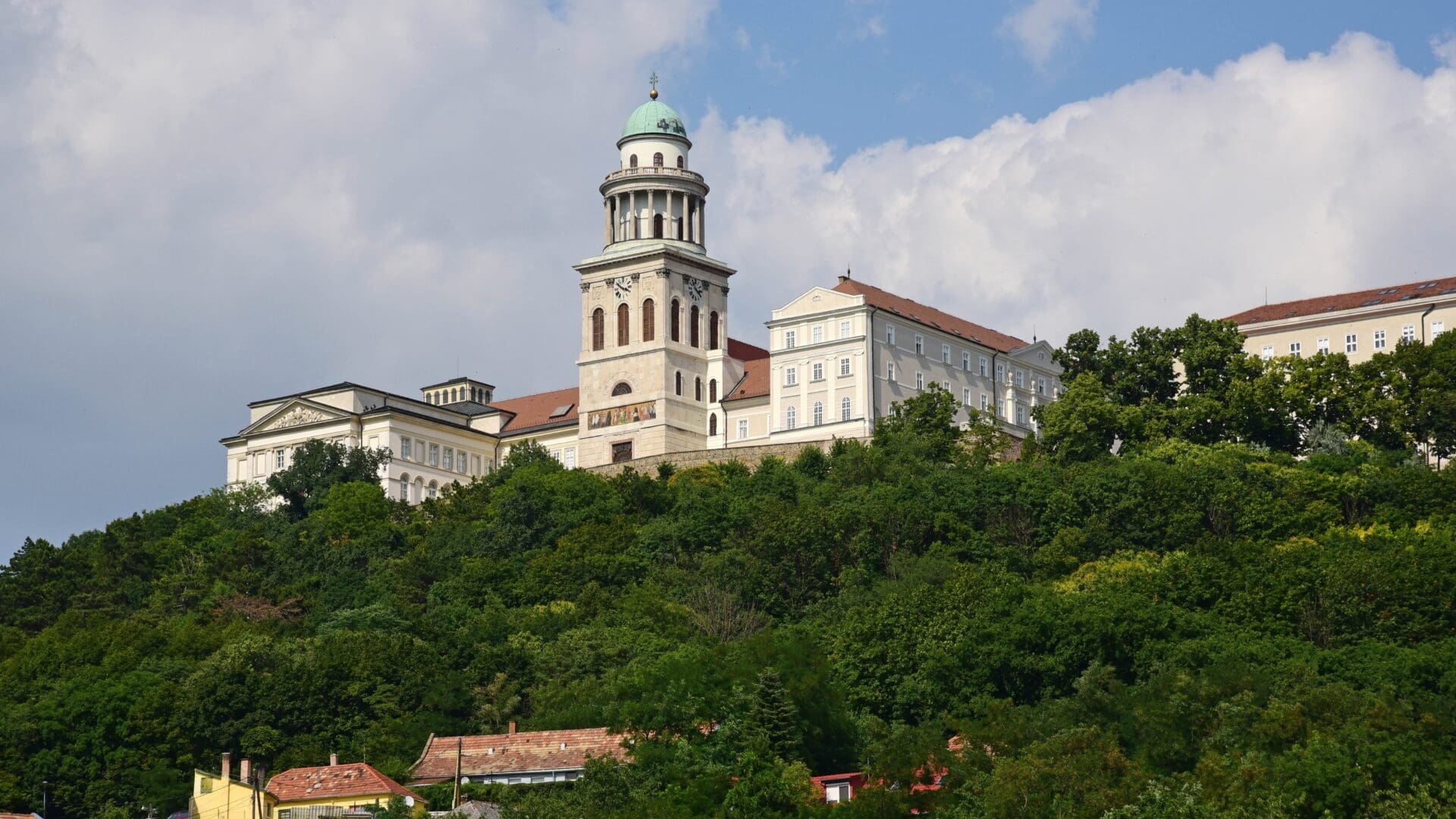The following is a translation of an article written by Orsolya Ferenczi-Bónis, originally published in Magyar Krónika.
We asked our readers which building they thought was the most beautiful in Hungary—nine out of ten respondents said it was the Hungarian Parliament. However, it is not only in the capital where we can find impressive edifices—Magyar Krónika has collected some sites that are definitely worth a visit in the countryside.
Nádasdy Mansion, Nádasdladány
The Tudor-style manor house with its many towers is not only astonishingly beautiful, but also one of the most lovable castles of Hungary. Count Ferenc Nádasdy and his wife Ilona Zichy began building it in 1873 according to the designs of architects István Linzbauer and later Alajos Hauszmann. Behind the historicist exterior, the castle was also fitted with the most modern features and equipment of the time. The building, which fell into decay after World War II, was finally renovated as part of the National Palace Programme and National Castle Programme and was inaugurated in August 2021.
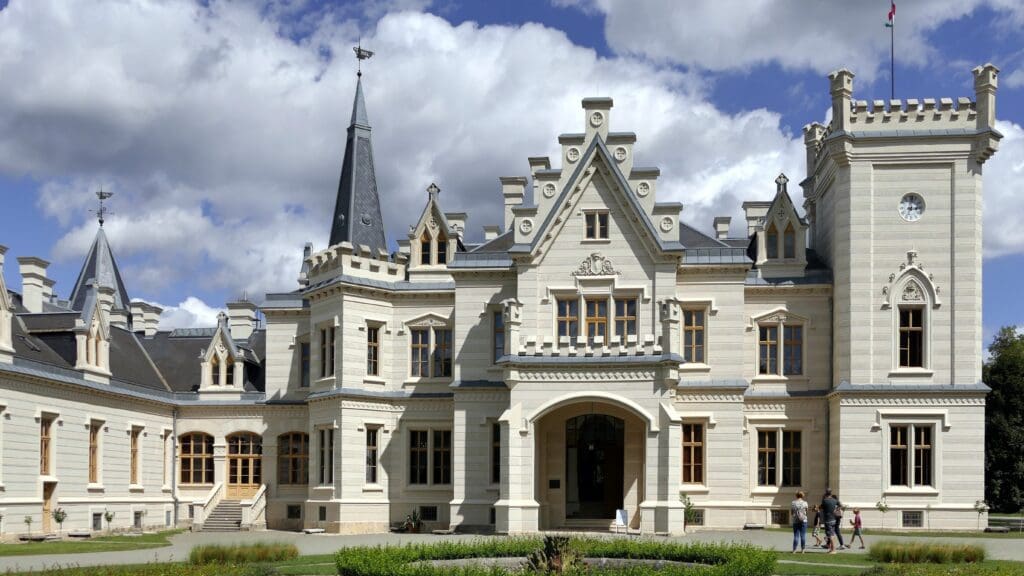
St Stephen the Martyr Church, Pápa
Bishop Károly Eszterházy started the construction of the classicist, late baroque church in 1774, based on the designs of architects Jakab Fellner and later József Grossmann. The building is not called a great church by accident: it impresses the viewer with its smooth lines combined with huge dimensions, not to mention the fact that its ceiling frescoes are the works of the famous Austrian painter Franz Anton Maulbertsch. The church was consecrated on 3 May 1795 by Bishop Joseph Pierer and has since become a symbol of the historical town of Pápa in Veszprém County.
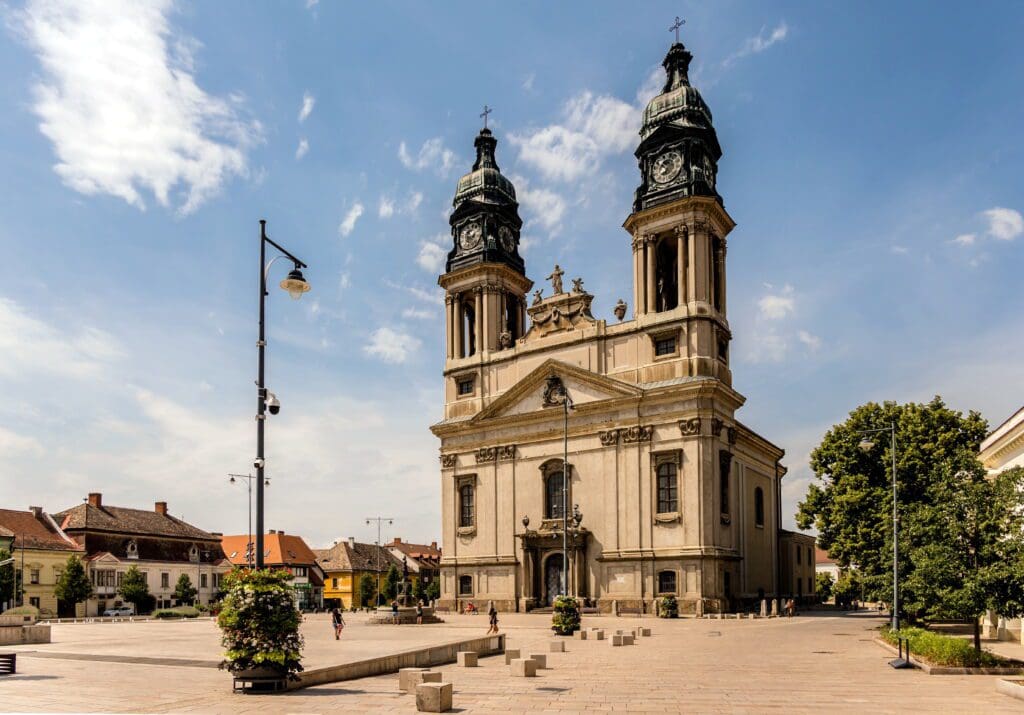
Reök Palace, Szeged
This Art Nouveau corner house of outstanding European beauty was built in 1907 according to the plans of architect Ede Magyar. The palace got its name after its creator Iván Reök, head of the River Engineering Office. The two-storey building was designed as a home for the Reök family and was rich in luxurious features, too. The palace was renovated as a Regional Art Centre for its centenary in August 2007.
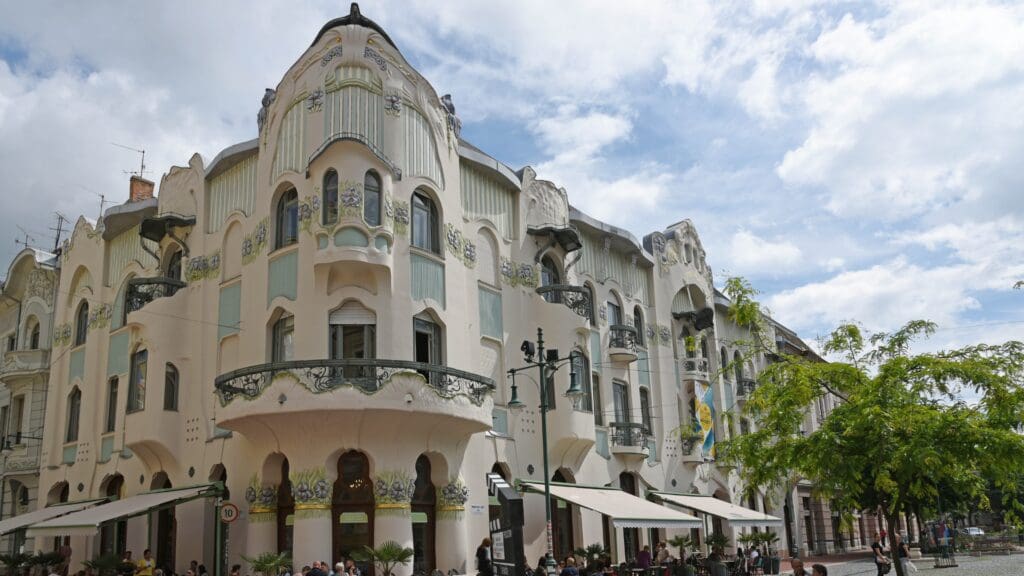
Pannonhalma Benedictine Archabbey
The first Hungarian school was founded in Pannonhalma, constructed atop Mount of Saint Martin, by Benedictine monks who came to Hungary at the invitation of Géza, Grand Prince of the Hungarians. The monastery has been in continuous operation since 996 and is not only one of Hungary’s outstanding historical monuments but also an ecclesiastical and cultural centre with its renowned school, library, and winery. Over the centuries, the Romanesque altar church and cloister and the Gothic basilica have been supplemented by Baroque and Classicist elements, including the 50-metre-high tower, one of the most famous works of Hungarian Classicism.
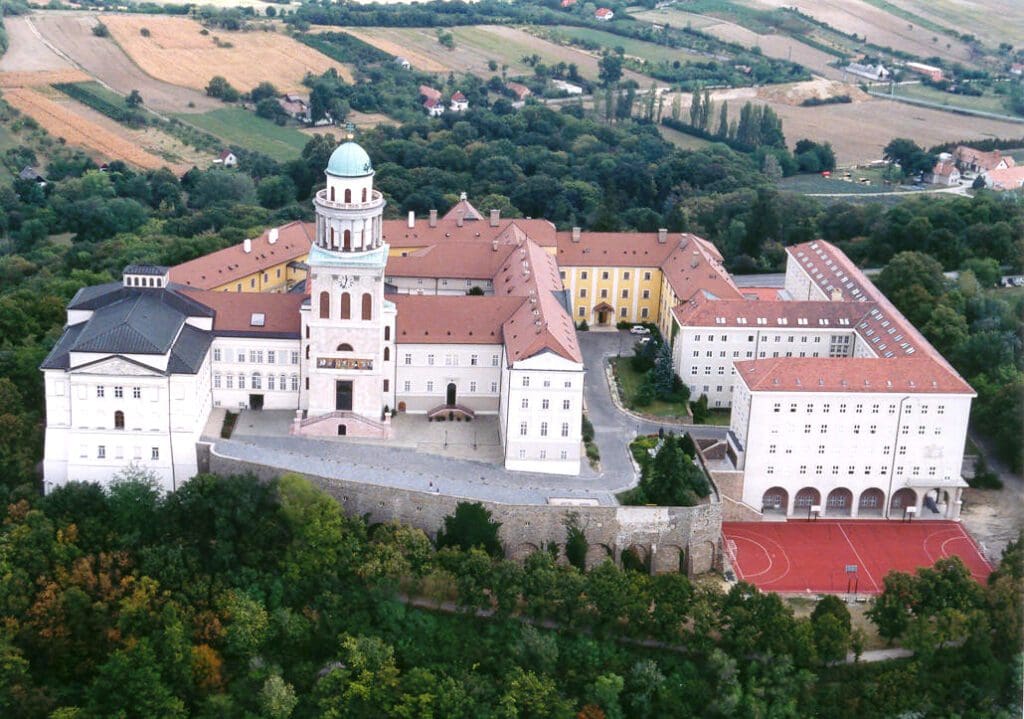
Szegedy Róza House, Badacsony
This folk baroque-style cider house at the Badacsony vineyard is inseparable from the landscape of Lake Balaton. From the arcaded balcony on the first floor of the Szegedy Róza House, we can see the lake and the skirts of the hill, with a view of the unique basalt organs of Badacsony behind the building. The edifice was built by Ignác Szegedy de Mezőszeged, sub-lieutenant of Zala, at the end of the 18th century, and today it is a memorial to its former inhabitants, Ignác Szegedy’s daughter Róza Szegedy and her husband Sándor Kisfaludy.
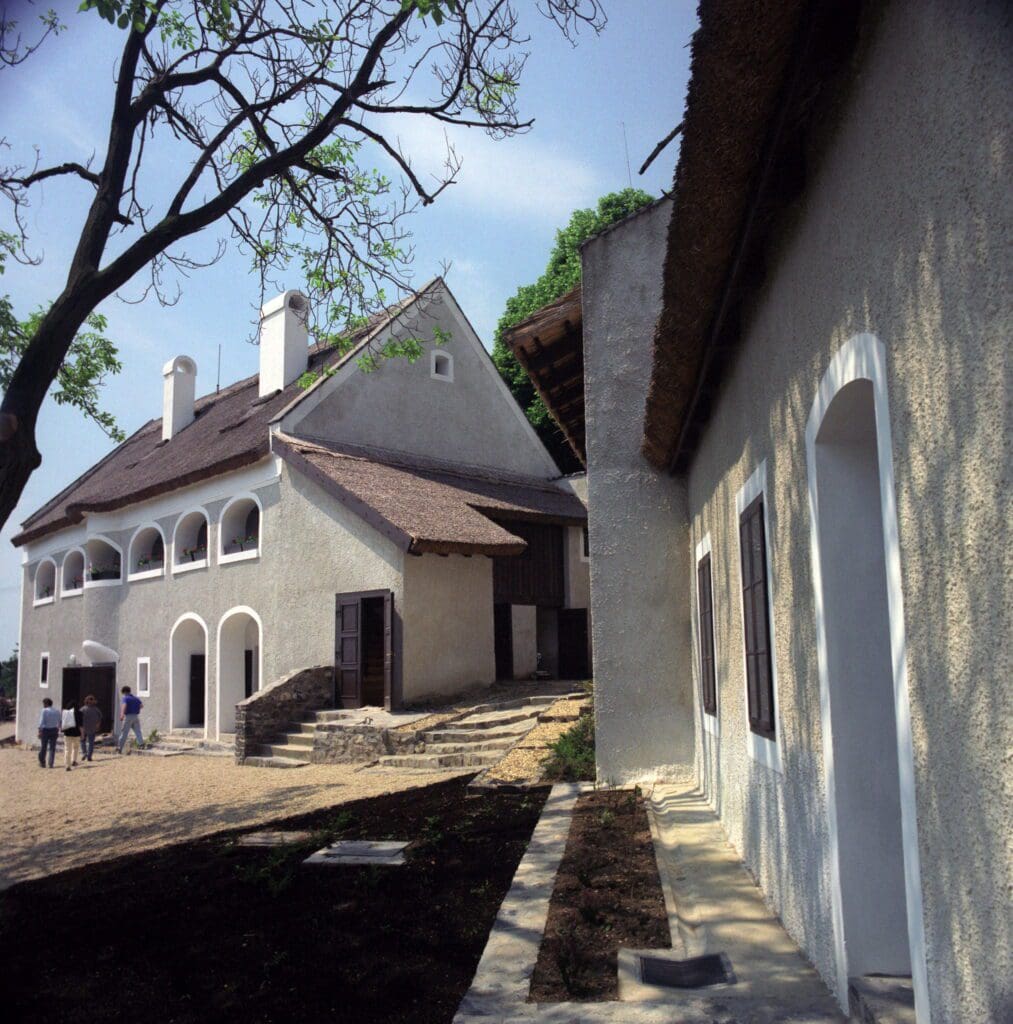
The Cathedral of St Peter and St Paul, the Basilica of Pécs
‘If you want to see heaven, come to Pécs!,’ wrote the newspapers at the consecration of the Cathedral of St Peter and St Paul in 1891—not by chance. The church is a special building, not only as a significant architectural monument of the South-Transdanubian city of Pécs but also as a basilica preserving the charm of the medieval cathedral of the Diocese of Pécs. The cathedral, with its 11th-century foundations, reached its present form at the end of the 19th century, according to the plans of Austrian architect Friedrich von Schmidt, and has been preserved despite the several reconstructions carried out since then.
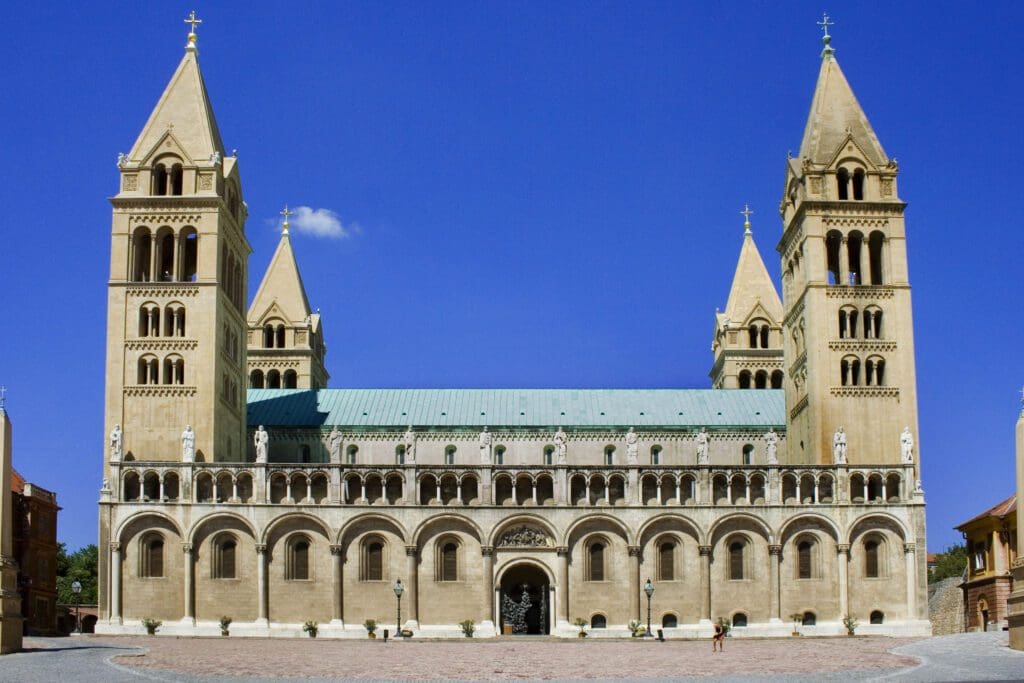
Csiky Gergely Theatre, Kaposvár
The beautiful stone theatre is an outstanding work of Art Nouveau architecture in Hungary, and when it was inaugurated in September 1911, it was considered one of the most beautiful and modern stage buildings in the country. The theatre underwent a complete renovation, refurbishment, and extension over a period of almost three years from January 2017.
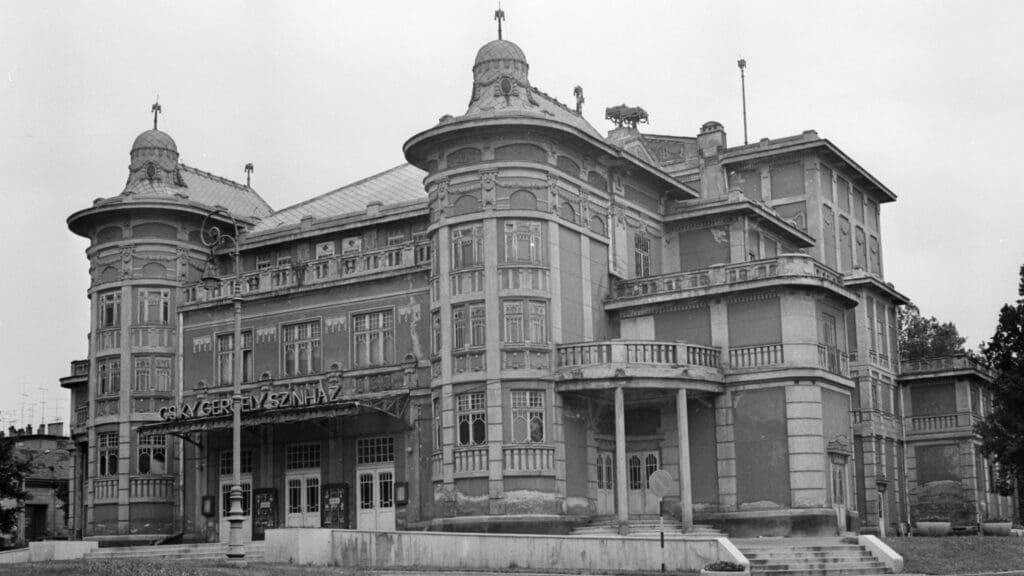
+ 1 Adobe-Walled Farmhouses
For many, a well-kept farmhouse, preserved in its original state, is one of the most beautiful Hungarian buildings—for good reason. Using adobe (vályog in Hungarian) is an ancient, millennia-old method of building houses. The old, well-tried natural materials—clay, straw, and water—not only ensure a nature-friendly way of life but also protect the residents’ health with their heat-insulating, heat-retaining, vapour-absorbing, and air-purifying effects.
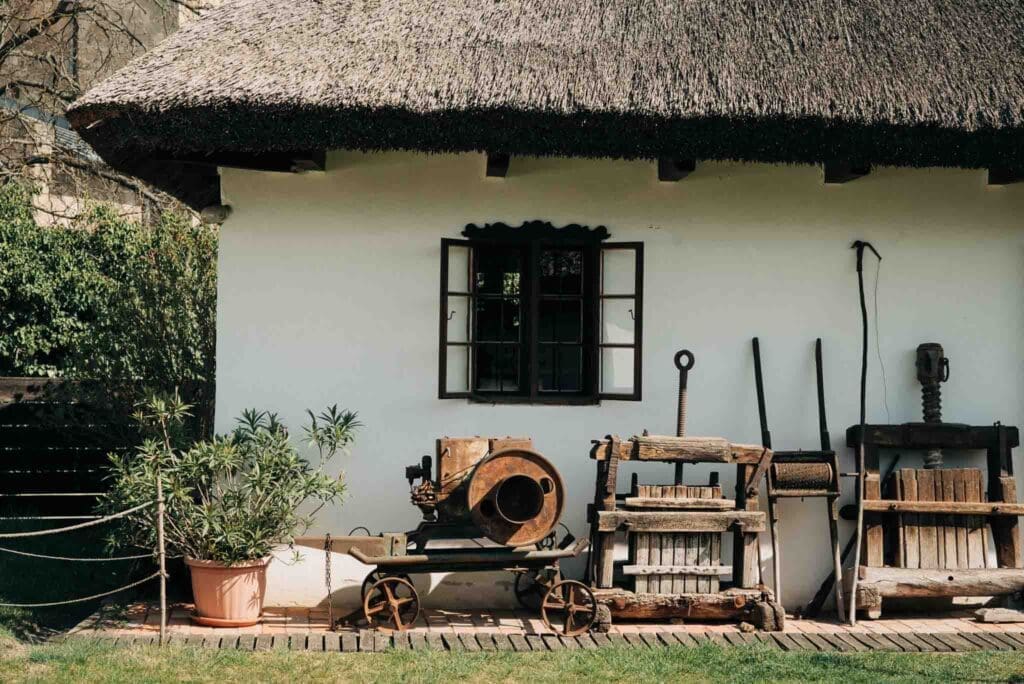
Related articles:
Click here to read the original article.

